DESIGNING OUR CIVIC FUTURES
Chicago
Each year, graduate students from the Institute of Design (ID) at Illinois Tech and Politecnico di Milano gather in Chicago to exchange ideas and prototype design concepts. For Fall 2024, the cohort explored how design leaders can help build equitable civic realities today and into the future. To bring the topic to life, ID engaged Murmur Ring to design and document the Civic Futures immersion.
Via a series of site visits with prominent Chicago innovators spanning public and private sectors, the cohort used the city of Chicago as a research resource to uncover key insights to inform their prototypes.
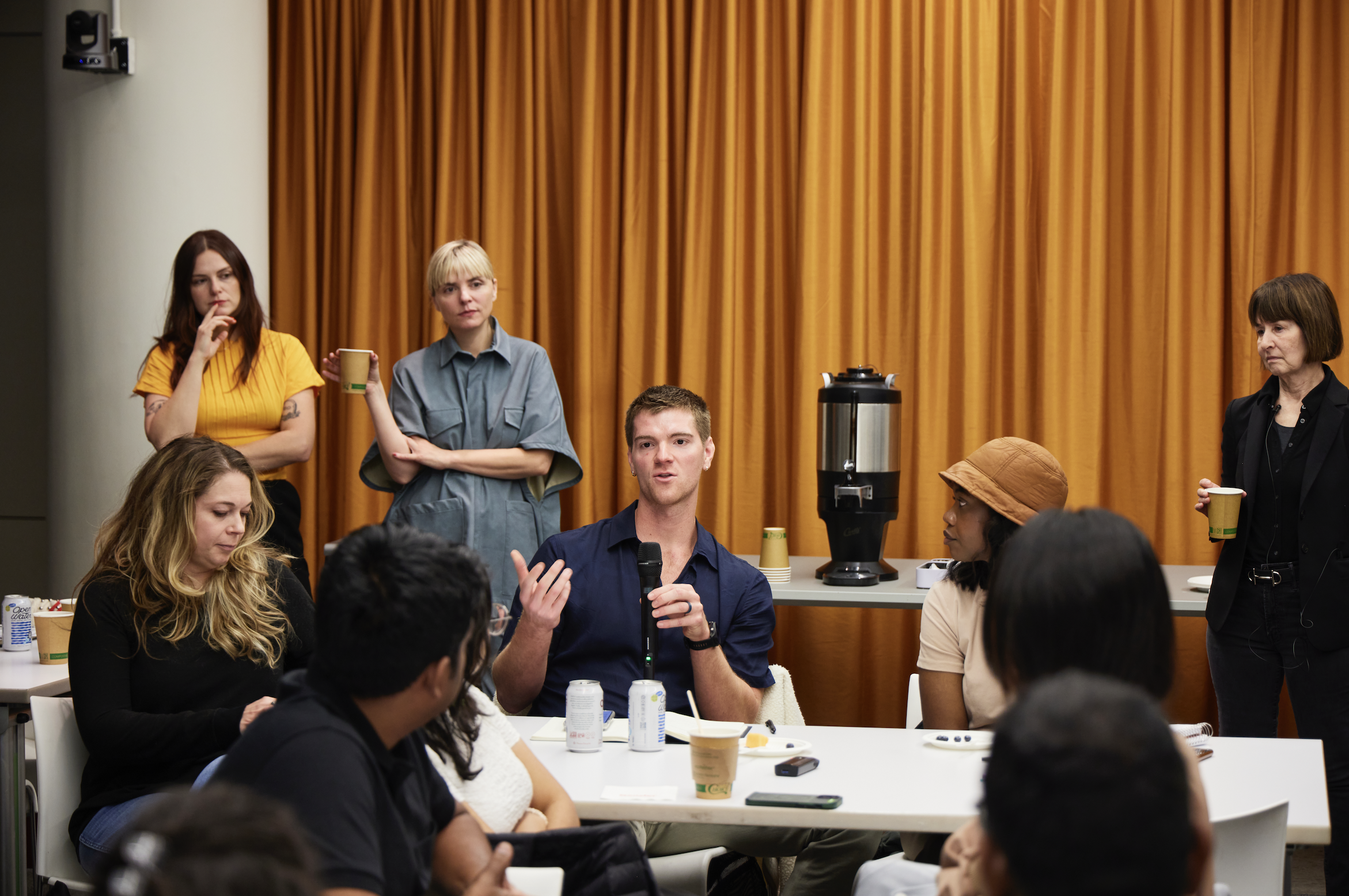
“We need to start thinking beyond the binary. Disruption is inevitable. The only way we can deal with things constantly being changed is to hold things in tension.”
— Caleb Gardner, 18 Coffees
Caleb Gensler of 18 Coffees welcomed our cohort with a keynote presentation positioned as an instigation of ideas, emotions, and curiosity ahead of the subsequent site visits and workshops.
A global expert in technology, politics, communications, and change management, Caleb implored the cohort to move beyond the binary in order to see and seize opportunities that can lead humanity forward toward equity.
“The best ideas for working with communities come directly from communities. Through the experience of living in a place, they understand what the needs are and are not in a place.”
— Andre Brumfield, Gensler
Together in discussion with Gensler leadership and project team members, the cohort discussed how corporations can enable desirable, equitable civic futures. Gensler’s team called the cohort’s attention to the nuances of working at the intersection of private business and public infrastructures, with an emphasis on the importance of centering community voices in the creation of new spaces, products, and services.



“AI is no different than any other tool in your toolbox, but there is a lot of manipulation and deceitfulness that people can do with it. So, we have to put the right governance and policies in place.”
— Rod Warren, City of Chicago
The City of Chicago’s Executive Director of the Department of Technology & Innovation, Rod Warren, joined the cohort to discuss the reality of driving toward the goal of becoming a technologically advanced smart city while contending with the notorious redtape of government work.
Our conversation with Rod was housed within Chicago Public Library’s Harold Washington Library Center, where the cohort considered how public libraries have become flexible civic spaces that evolve as community needs become increasingly more complex.
“There is a tension when at times you have people sleeping in the lower level of this building while there is a wedding taking place upstairs in the winter garden. It reveals the multiplicities that public libraries serve.”
— Maggie Clemons, Chicago Public Library

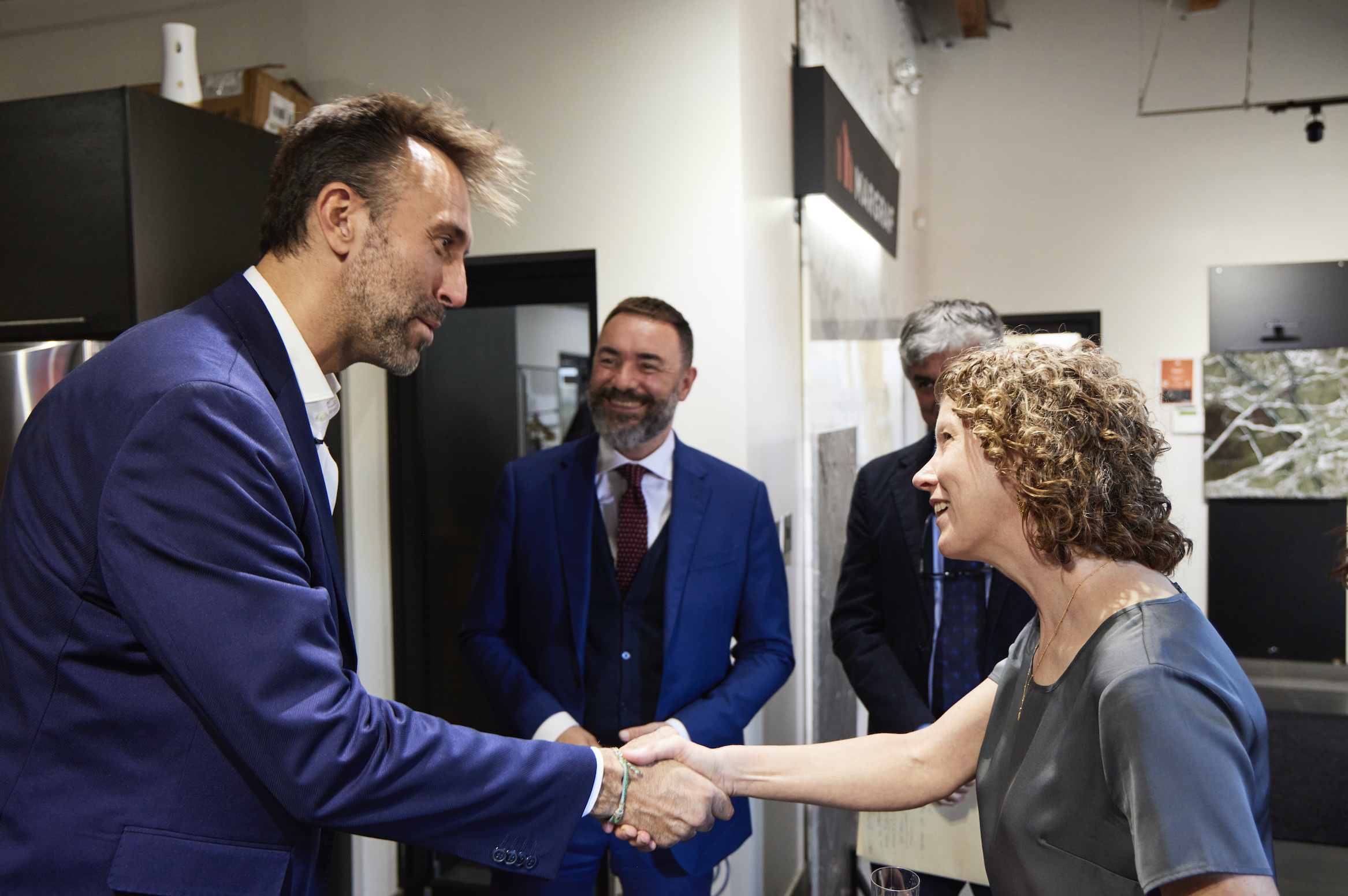


Italian businesses Margraf and Ferrero each offered the cohort a look into how these family-owned Italian businesses are utilizing product design innovation and emerging tech in research and production to establish their place in American markets.
The Consul General of Italy in Chicago presented the critical role public officials play in supporting the economic development of our increasingly globalized world market.
“There is not much difference between solutions based design innovation and the redefinition of the public administration spaces.”
— Mario Alberto Bertoli, Consul General of Italy in Chicago
“Art opens up conversations about the issues that we face on a daily basis. When we hear from artists and engage with art, it helps us be open to explore the issues that we and our clients face everyday.”
— Sue Pak, Cabrini Green Legal Aid
A tour of the Chicago History Museum’s Designing for Change exhibition highlighted how Chicago leaders have been working at the intersection of art and activism for decades, utilizing human-centered storytelling to educate the public on social inequities and policy campaigns.
This legacy of democratic storytelling informed our discussion with Amanda Weaver of People’s Action Institute. With an emphasized focus on addressing America’s rural-urban divide, People’s Action is utilizing their novel deep canvassing model to move beyond our political binaries to educate and motivate audiences to take action toward social equity.
Cabrini Green Legal Aid further exhibited the power storytelling plays in communicating mission and imploring viewers to take action. Founded in 1973 to serve the needs of the infamously overpoliced Cabrini–Green public housing project residents, today the legal aid organization serves all of Illinois in its pursuit of achieving a just and equitable criminal legal system. The legal aid organization has now turned their downtown offices into an art gallery, featuring works by local artists and past clients that tell the story of Chicago’s over-policed judicial challenges. The Art & Archives Exhibition considers the past, present, and future of the organization’s work, and calls viewers’ attention to the nation-wide criminal legal system crisis facing America.
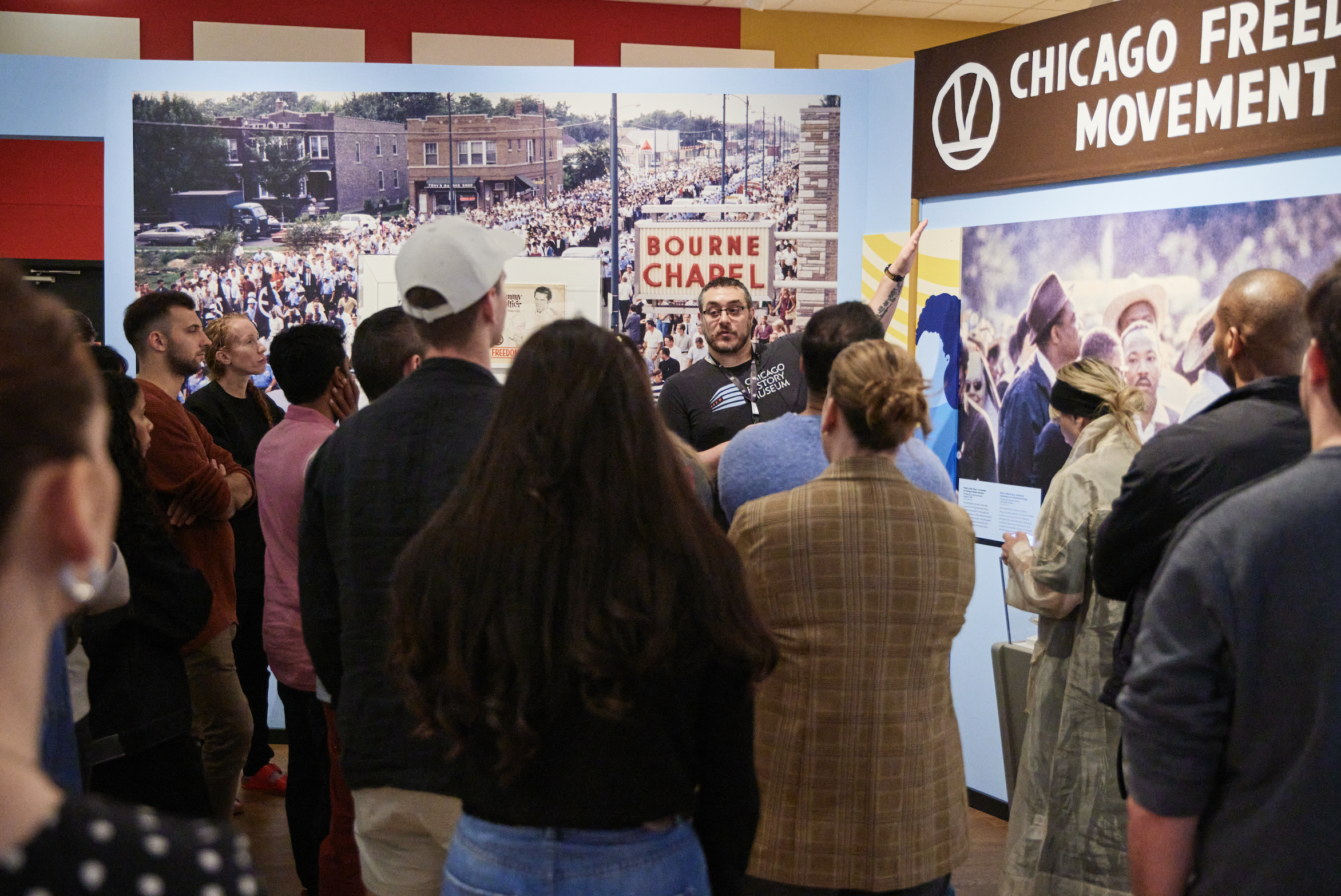


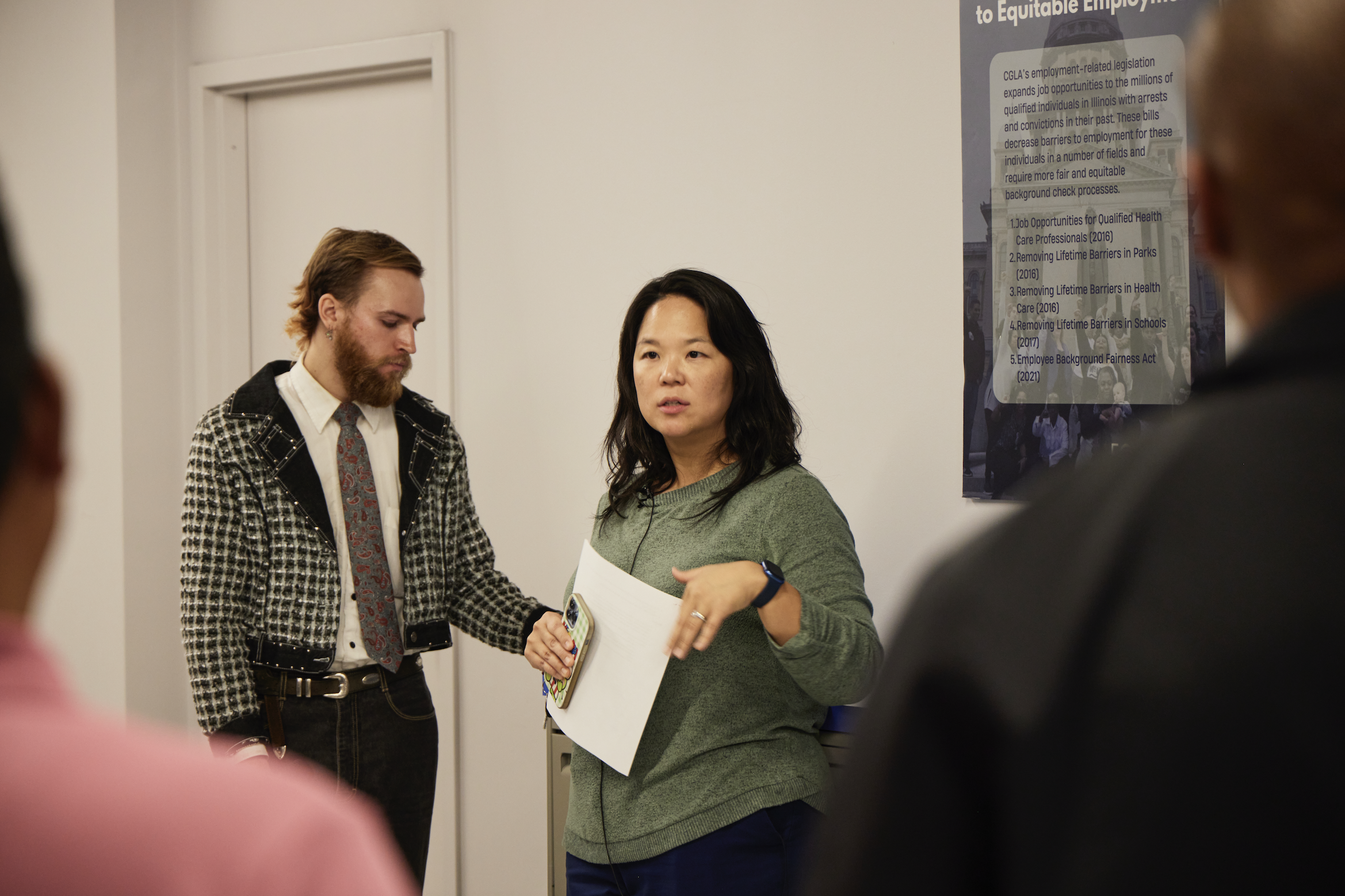
Exhibited through the diversity of the immersion partners and sites, the success of our civic futures depends on the successful interdisciplinary collaborations of governments, nonprofits, businesses, and communities. This holistic, research-informed mindset served as the foundation for the cohort’s post-immersion charrettes and prototyping.
The students created five distinct scenarios of an urban environment twenty years into the future in which all people can lead flourishing lives:
A multi-modal transportation future
Urban application of Kintsugi for economic development
Community-driven, project-based learning, dubbed EmpowerED
Technology enabled, community competent healthcare
Speculative theories that future housing will challenge our understanding of what a house is
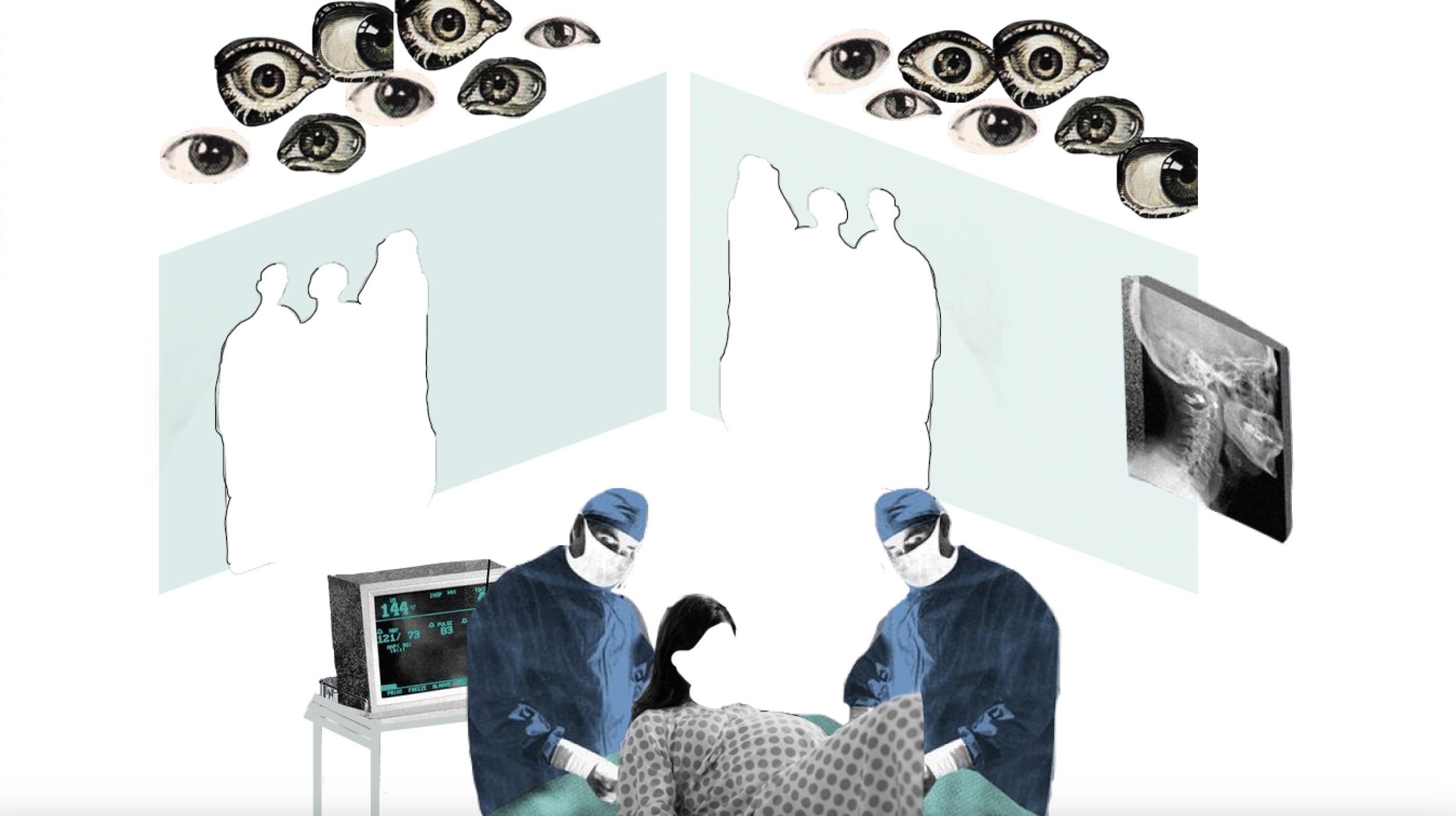
“Thank you for what this immersion gave me—the empowering feeling that we can impact others’ lives.”
— Davide Severini, PoliMi Student
“Thank you for including me in this immersion. It filled my cup to be with you and to experience the engaged discussion. It was exactly what I needed to get my energy up for this home stretch before the [2024 presidential] election.”
— Amanda Weaver, People’s Action
“The immersion emphasized the need for a shift in our thinking. Can strategic design be used to craft innovative solutions that address society’s disruptive challenges? How can we leverage design to build a more equitable and sustainable future for all?”
— Ashok Chakravarthy Koruprolu, PoliMi Student
CREDITS
JESSICA MEHARRY
Co-Host, ID
MICHELE MELAZZINI
Co-Host, PoliMi
DYLAN CHANDLER
Photographer
CALEB GARDNER
Founder, 18 Coffees
JIM LASKO
Founder, Guild Row
ELYSE AGNELLO
Founding Principal, Guild Row
ANDRE BRUMFIELD
Principal and Design Director, Gensler
CINDY COLEMAN
Editorial Lead, Gensler Research Institute
ABI HUMBER
Sector Marketing Lead, Gensler
BRIAN VITALE
Co-Managing Director, Gensler
ROD WARREN
Executive Director of the Department of Technology and Innovation, City of Chicago
MAGGIE CLEMONS
Deputy Commissioner of Library Operations & Patron Experience, Chicago Public Library
MARIO ALBERTO BARTOLI
Consul General of Italy in Chicago
MARCELLO ALECCI
Science Attaché, Consulate General of Italy in Chicago
STEFANO OGRISEK
Manager, Margraf Chicago
GREG STORMS
Senior Public and Community Engagement Manager, Chicago History Museum
AMANDA WEAVER
Network Power Building Director, People’s Action Institute
STEVE FUS
Managing Attorney, Community Service, Outreach & Pro Bono, Cabrini Green Legal Aid
CHARLIE KOLODZIEJ
Executive Assistant, Cabrini Green Legal Aid
SUE PAK
Director of Development, Cabrini Green Legal Aid
LAURENT CREMONA
Senior Vice President - Research & Development, Ferrero
JASON DUDEK
Director of Packaging Innovation - Americas, Ferrero
TIMOTHY SAVAS
Manager, Kinder Toy Innovations, Ferrero
DENISE CACCIATORE
Head of R&D Lab and Observatory Products, Ferrero






